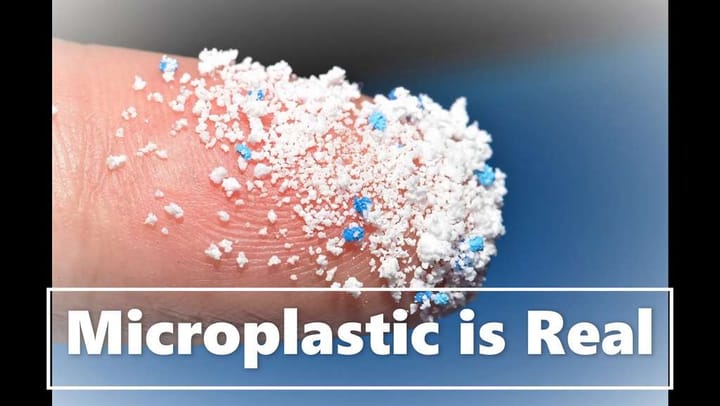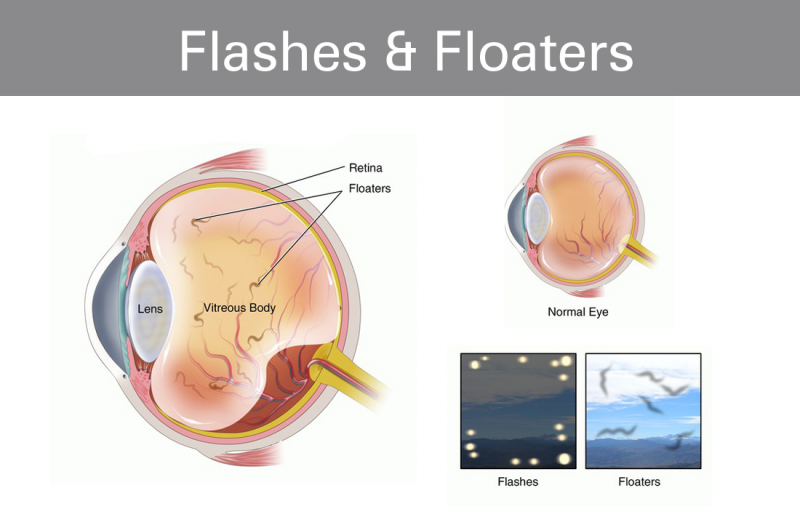The Surprising Science of Why Humans Have Hair

From the fine fuzz on our arms to the thick strands on our heads, human hair, despite its seeming simplicity, holds a fascinating tale woven through millennia of evolution. While we might not be as overtly hairy as our primate cousins, the hair we do possess serves several crucial functions that contribute to our survival and well-being. Let's delve into the surprising science behind why humans have hair, exploring the intricate ways it benefits us.
1. Temperature Regulation: A Natural Thermostat
One of the most fundamental roles of hair is thermoregulation – the body's ability to maintain a stable internal temperature. Hair acts as an insulator, trapping a layer of air close to the skin. This insulation is particularly effective in cold environments, helping to retain body heat and prevent heat loss. Think of it as a natural, built-in coat!
Conversely, when our core temperature rises, like during exercise or hot weather, the tiny muscles attached to hair follicles, called arrector pili muscles, contract. This contraction causes the hair to stand erect, creating goosebumps. While goosebumps might seem like a useless reflex, they actually serve to increase the surface area of our skin, allowing for better heat dissipation. This mechanism helps cool the body down.
2. Sensory Perception: Feeling the World Around Us
Hair isn't just for insulation; it plays a vital role in our sense of touch. Tiny nerve endings, called mechanoreceptors, are associated with each hair follicle. These receptors detect even the slightest movement or pressure on the hair shaft, sending signals to the brain that are interpreted as touch sensations. This heightened sensitivity allows us to perceive light touch and air currents, adding another layer of awareness to our surroundings.
This sensory function is particularly pronounced in areas with thicker hair growth, such as the scalp and eyebrows. Eyebrows, for instance, help to keep sweat and debris out of our eyes, while the hair on our heads provides crucial protection from the sun's harmful ultraviolet (UV) rays.
3. Protection: Shielding Our Bodies
The hair on our heads acts as a natural barrier, protecting our scalp from sunburn and injury. The pigment melanin, which gives hair its color, absorbs UV radiation, reducing the amount that reaches the delicate skin of our scalp.
Eyelashes and eyebrows also contribute to protection. Eyelashes, with their rapid blink reflex, act as gatekeepers, preventing dust, debris, and even small insects from reaching the sensitive surface of our eyes.
4. Social Signaling: Communicating Without Words
Beyond its physiological functions, hair plays a significant role in social signaling and communication. Think about it: hairstyles, haircuts, and hair color are often expressions of individuality, cultural identity, and social status. From vibrant dyes to intricate braids, we use hair to convey messages about ourselves and our place in society.
Interestingly, research suggests that hair can even influence how others perceive us. For example, studies have shown that people with longer, thicker hair are often perceived as being younger and healthier.
5. Sexual Selection: A Trait Shaped by Attraction
Throughout evolutionary history, hair has likely played a role in sexual selection. While the specific preferences vary across cultures and time periods, certain hair characteristics, such as fullness and luster, are often associated with youth, health, and reproductive fitness. These associations can influence mate choice, contributing to the perpetuation of these traits in the gene pool.
The Evolutionary Perspective: Why We Have Less Hair Than Our Ancestors
Compared to our primate relatives, humans are relatively hairless. This reduction in body hair is thought to be linked to the evolution of bipedalism – walking upright on two legs. As our ancestors transitioned to a more upright posture, the need for thick body hair for insulation likely decreased.
Additionally, the development of sweat glands, which are more efficient at cooling the body than panting, may have further reduced the need for a thick fur coat.
In Conclusion: More Than Meets the Eye
From regulating body temperature to enhancing our sense of touch and even influencing social interactions, human hair is far more remarkable than it might appear at first glance. While we may ponder the evolutionary reasons behind our relatively hairless state, it's clear that the hair we do possess serves a variety of essential functions, contributing to our well-being in countless ways.













Comments ()